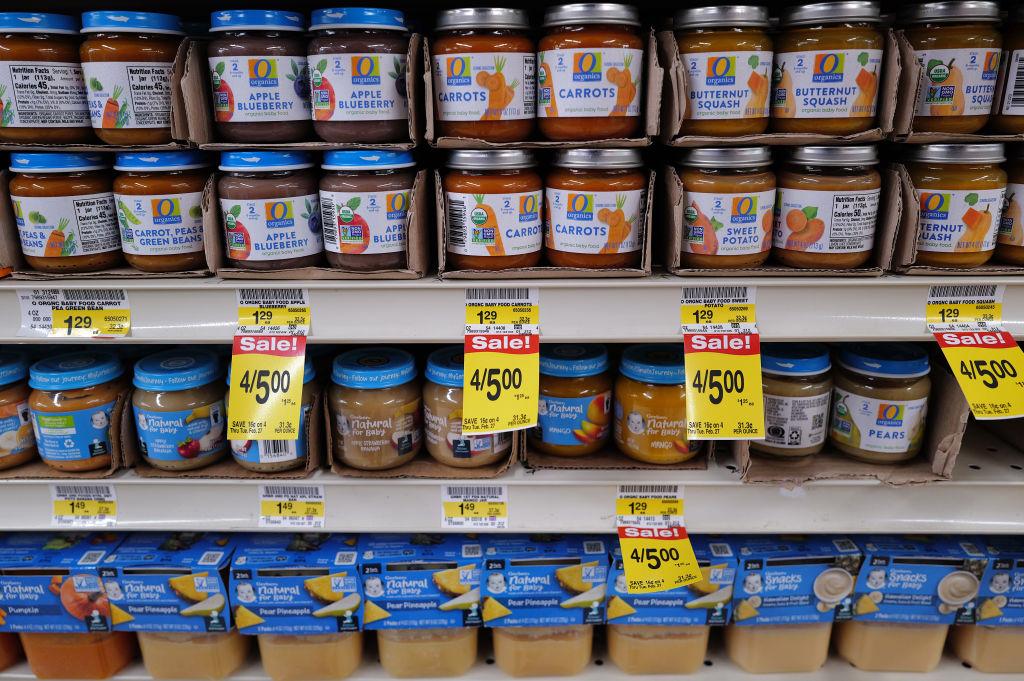The U.S. Food and Drug Administration (FDA) issued guidance regarding lead levels in processed foods for babies and young children under the age of 2.
The guidance applies to “foods in jars, pouches, tubs or boxes and may include ready-to-eat foods such as purees, as well as semi-prepared foods,” said a Jan. 6 update from the agency.





